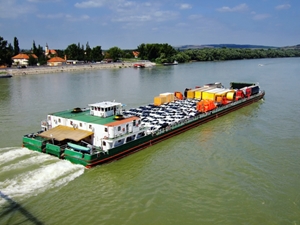Boosting Queensland’s main ports remains a key objective for the Palaszczuk government, according to State Development Minister Anthony Lynham.
The priority ports in Queensland are at Abbot Point near Bowen, Gladstone, Townsville and Hay Point/Mackay. Growth at the ports can have a significant impact on employment up and down the supply chain, providing jobs across Queensland.
Public consultation began on Monday (June 8) for a proposed master planning area for the Port of Gladstone, which is expected to enhance the local and regional economy, while strengthening protection for the Great Barrier Reef.
“Port master planning for the four Queensland priority ports, including Gladstone, will help better manage [the] impacts of port operations and port development on adjacent land and marine areas,” he explained.
“This shows how the government can balance economic growth and job creation, environmental values and community interests.”
According to Mr Lynham, master planning will enable the government to optimise oversight of key growth projects at the ports, including transport networks and electricity and gas pipeline corridors.
Gladstone is currently Queensland’s second busiest port, with 97 million tonnes of throughput in the 2013-14 financial year. Coal, minerals and petroleum products are the facility’s most common cargo.
Mr Lynham said the master plan for Gladstone would make the region a more attractive area for investors, which could spur jobs in Queensland. The proposals will cover an 88,000-hectare area of the city, with the port currently controlling 4,321 hectares.
Development essential for jobs in Gladstone
The master plan initiative follows recent comments by Professor John Rolfe of the Central Queensland University School of Business, who said Gladstone needs infrastructure changes to attract more families to the region.
Since 2004, the city’s population has jumped from just under 50,000 people to more than 66,000. The mining sector has been the primary driver of this development, but Professor Rolfe told the Gladstone Observer that more must be done to sustain growth.
“Gladstone’s problem is there are jobs but not everyone wants the lifestyle,” he explained to the news provider last month.
“It needs to offer services, make sure housing is available at reasonable cost, have a lot of lifestyle factors, make sure it’s attractive to live in and diversify jobs and opportunities.”
Mayor Gail Sellers echoed these sentiments, claiming that upcoming employment opportunities across Gladstone Port and State Development Area would bring new people to the region.
By Leanne Macnamara, Public Affairs Coordinator

